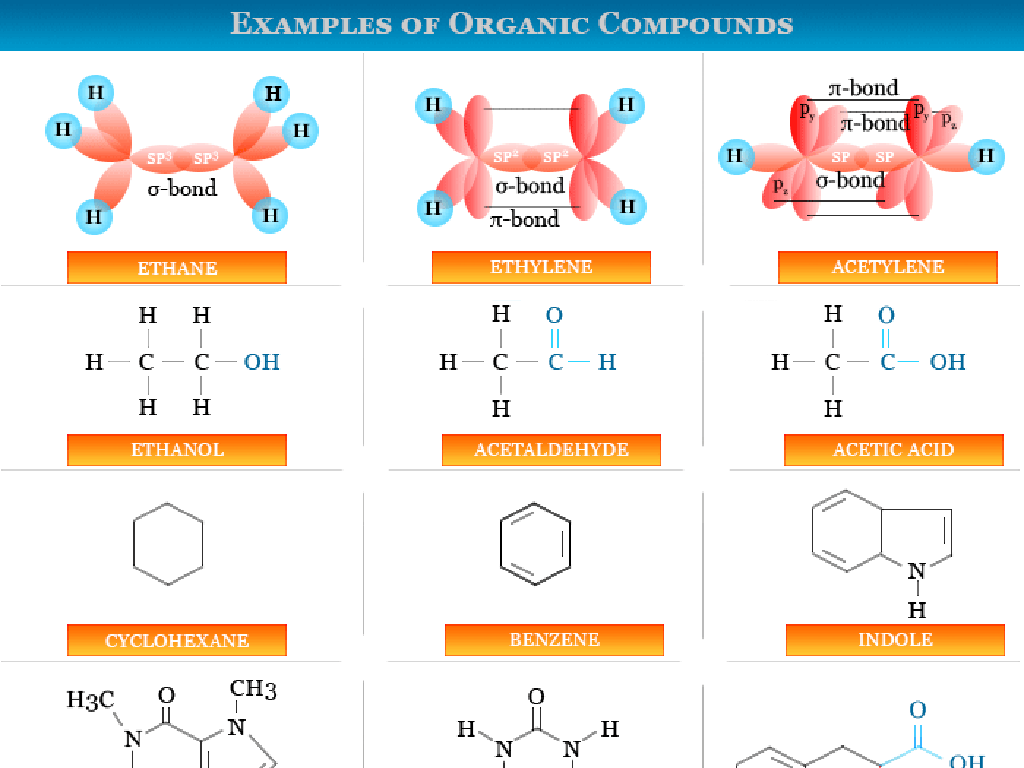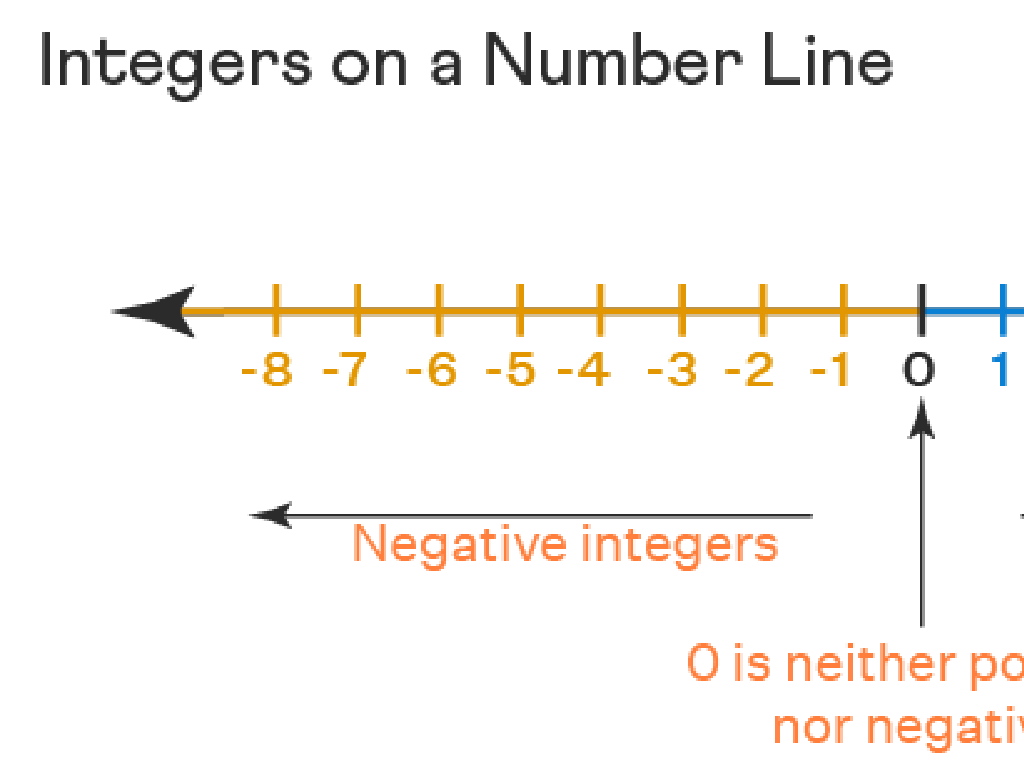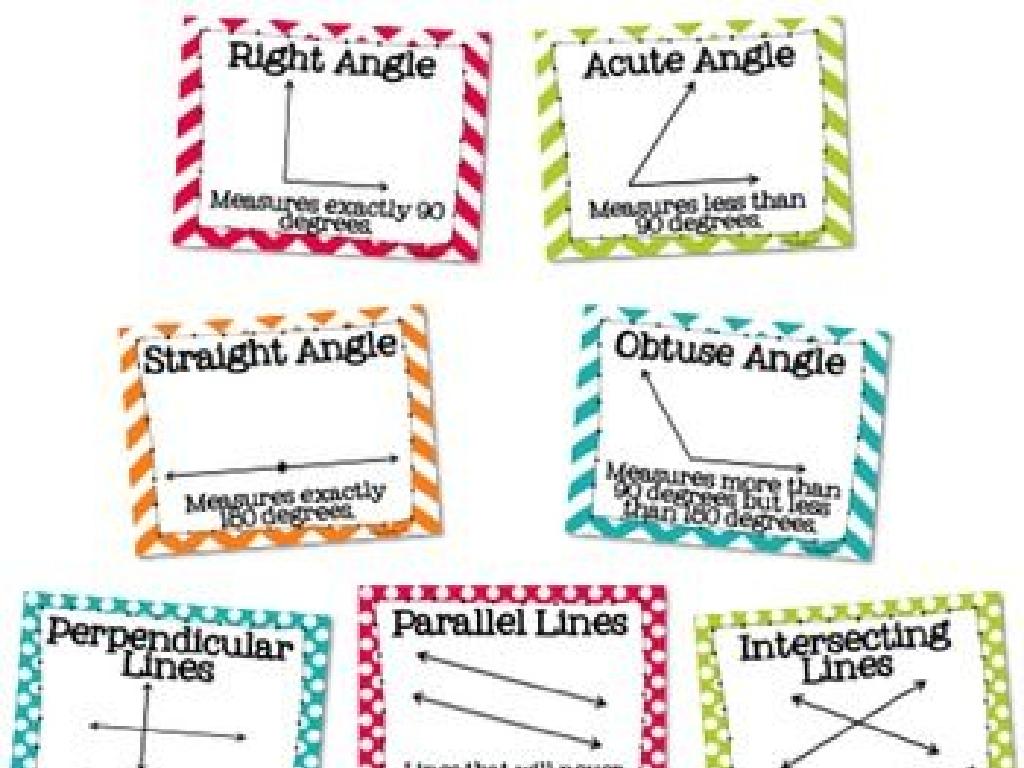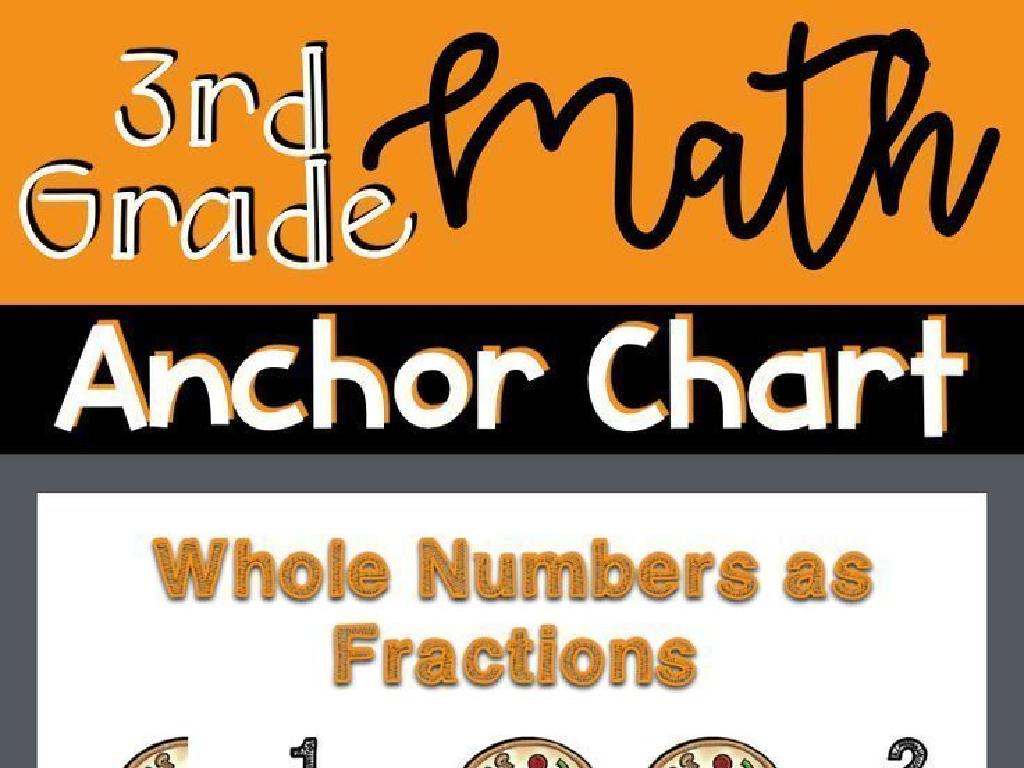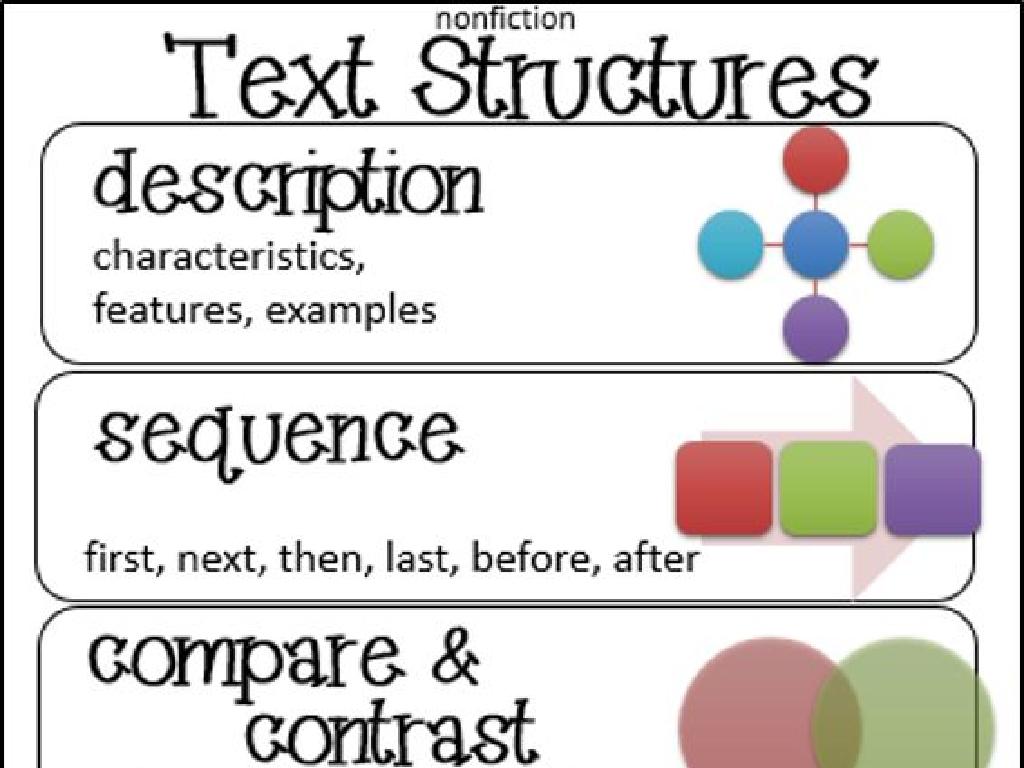Primary Documents
Subject: Arts and humanities
Grade: High school
Topic: Us History
Please LOG IN to download the presentation. Access is available to registered users only.
View More Content
Introduction to Primary Documents in US History
– Understanding primary documents
– They are original records from the past
– Defining primary documents
– Original materials from the time under study
– Importance in historical study
– They offer firsthand accounts of historical events
– Engaging with primary sources
– Analyzing documents deepens comprehension
|
This slide introduces the concept of primary documents and their significance in the study of US history. Primary documents are original records created at the time historical events occurred, including letters, photographs, reports, or artifacts. They are invaluable to historians because they provide firsthand accounts and evidence of past events, allowing for a deeper and more authentic understanding of history. Encourage students to think critically about these sources and consider the context in which they were created. Discuss how primary documents can offer a variety of perspectives on historical events, and how they can be used to construct a narrative of the past.
Exploring Types of Primary Documents
– Letters, diaries, speeches, photos
– Personal writings and recorded speeches offer intimate historical perspectives.
– Government records: census, laws, treaties
– Official documents like census data and laws provide structured insights into past governance.
– Physical artifacts: tools, attire, art
– Objects used by people in daily life or created for artistic expression reveal cultural aspects.
– Analyzing primary documents
|
This slide aims to introduce students to the various types of primary documents that historians use to understand the past. Letters, diaries, and speeches can provide personal insights into historical events and figures. Photographs capture moments in time and are invaluable for visual context. Government records such as census data, legislation, and treaties offer official accounts and are crucial for understanding the administrative aspects of history. Physical artifacts like tools, clothing, and art can tell us about the daily lives, technologies, and aesthetics of a time period. Encourage students to think critically about what each type of document can reveal about history and to consider the limitations and biases that may be present in these sources. Discuss the importance of analyzing these documents to gain a comprehensive understanding of historical events and societies.
Analyzing Primary Documents
– Examine: Source, Context, Audience
– Who created it? When and where was it produced? Who was the intended audience?
– Critical Thinking: Purpose & Perspective
– What is the document’s goal? Whose viewpoint is presented?
– Activity: Analyze a document excerpt
– Choose an excerpt from a historical document and apply analysis techniques.
|
This slide introduces students to the process of analyzing primary documents, an essential skill in understanding history. Begin by examining the source of the document, considering the author, time period, and location of its creation, as well as the intended audience. Encourage students to critically think about the purpose of the document and the perspective it represents. For the activity, provide students with an excerpt from a primary document and guide them through the analysis process. Possible documents for practice could include the Declaration of Independence, letters from soldiers during the Civil War, or speeches from the Civil Rights Movement. This exercise will help students develop a deeper understanding of historical events by interpreting the documents from that era.
The Role of Primary Documents in US History
– Linking documents to events
– How primary documents give insight into the events of their time.
– Case study: Declaration of Independence
– A deep dive into the Declaration of Independence and its historical context.
– Grasping historical documents’ impact
– Understanding how documents like the Constitution have shaped society.
– Analyzing primary sources
|
This slide aims to illustrate the importance of primary documents in understanding historical events. Students should learn how to connect documents to the events they represent and the broader historical context. Using the Declaration of Independence as a case study, students can explore its creation, purpose, and effect on the American Revolution and beyond. Discuss the lasting impact of such documents on current society and law. Encourage students to think critically about the sources and question the perspectives and biases they may contain. This will help them develop a deeper understanding of history and the role of documentation in shaping it.
Preservation and Access of Primary Documents
– Methods of preserving documents
– Physical & digital preservation techniques
– Finding documents: archives & digital
– Use libraries, online databases, and archives
– Respecting historical records
– Handle with care, following guidelines
– Protecting documents for the future
– Legal & ethical considerations in preservation
|
This slide aims to educate students on the importance of preserving primary documents and the various methods used to ensure their longevity. It covers both physical preservation techniques, such as temperature control and proper storage, and digital preservation, like scanning and digital archiving. Students will learn how to access these documents through libraries, specialized archives, and online databases, emphasizing the importance of respecting the integrity of historical records by handling them carefully and adhering to established guidelines. The slide also touches on the legal and ethical aspects of document preservation, ensuring that students understand the responsibility that comes with accessing and preserving historical documents.
Class Activity: Primary Document Analysis
– Break into small groups
– Analyze assigned primary documents
– Examine the document’s source, context, and content
– Present findings to the class
– Discuss the documents’ historical impact
– How do these documents deepen our understanding of US history?
|
This activity is designed to engage students with primary documents, which are original records or evidence from the past. By working in groups, students will analyze specific aspects of the documents, such as their origin, purpose, and the historical context in which they were created. Each group will then present their analysis, focusing on the insights they’ve gained about the time period and events related to the document. The class will conclude with a discussion on the significance of these documents in shaping our understanding of US history. For the teacher: Prepare a diverse set of primary documents for analysis, ensure each group has clear instructions, and facilitate the post-presentation discussion to highlight the importance of primary sources in historical study. Possible documents include letters, speeches, diaries, photographs, and government records.

